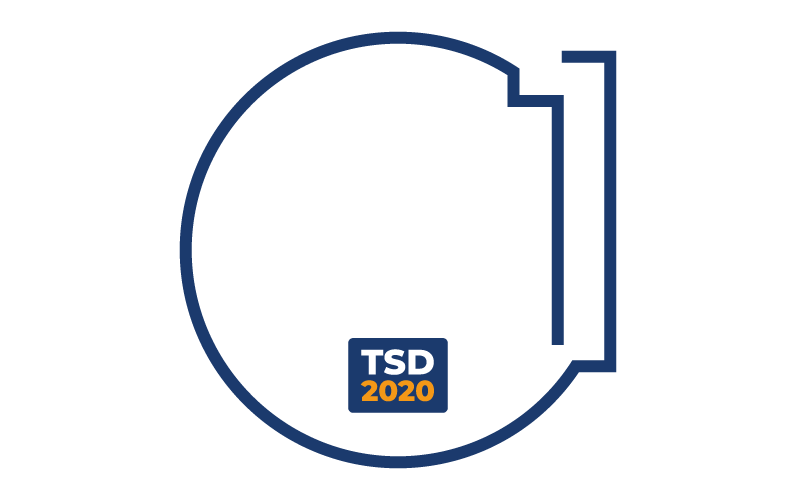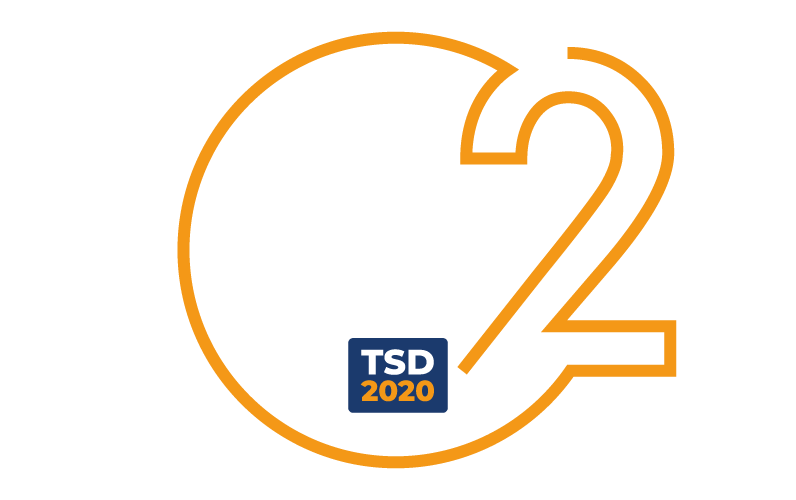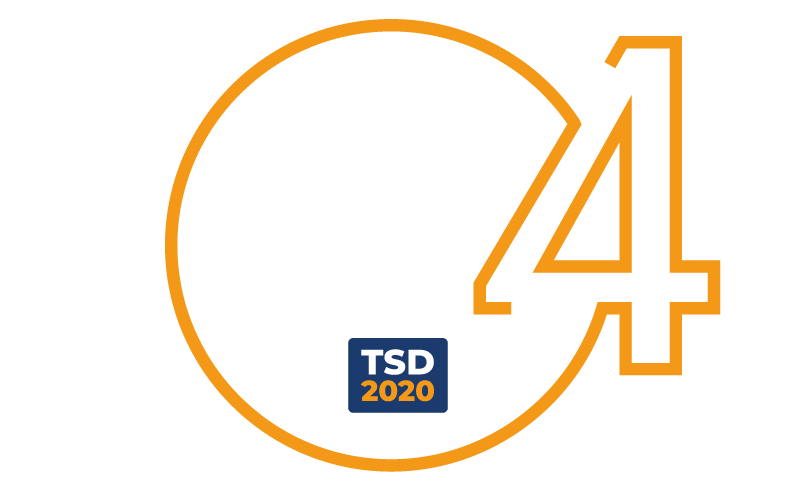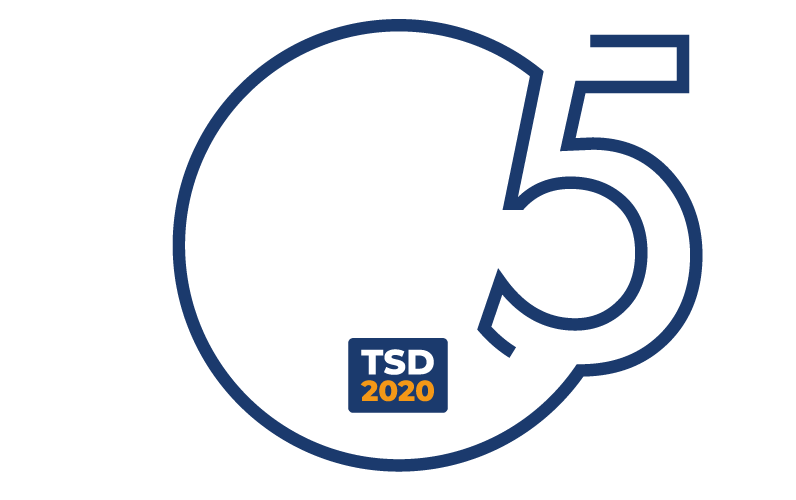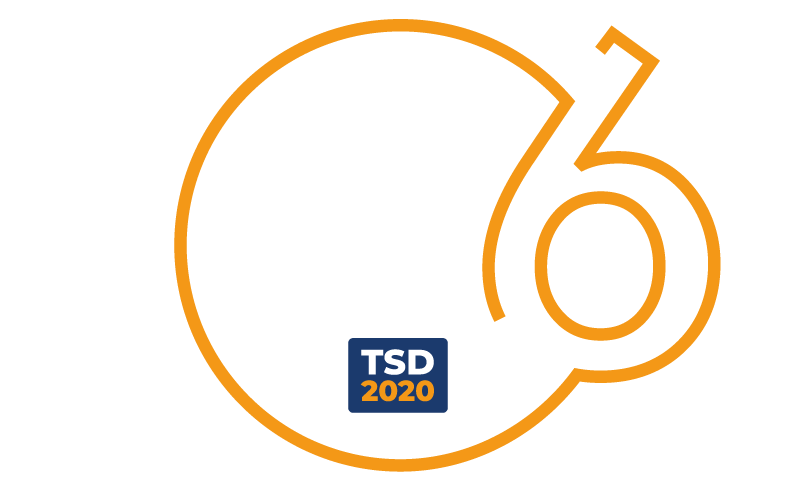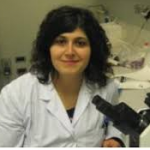
The innovative photoacoustic imaging (also known as optoacoustic imaging) exploits the ability of chromophores/fluorophores, duly excited by light, to emit mechanical energy in the form of ultrasounds. The ultrasounds, detected by appropriate piezoelectric, are used to generate high-resolution images capable of providing biomedical, structural and functional information on specific anatomical regions of interest.








